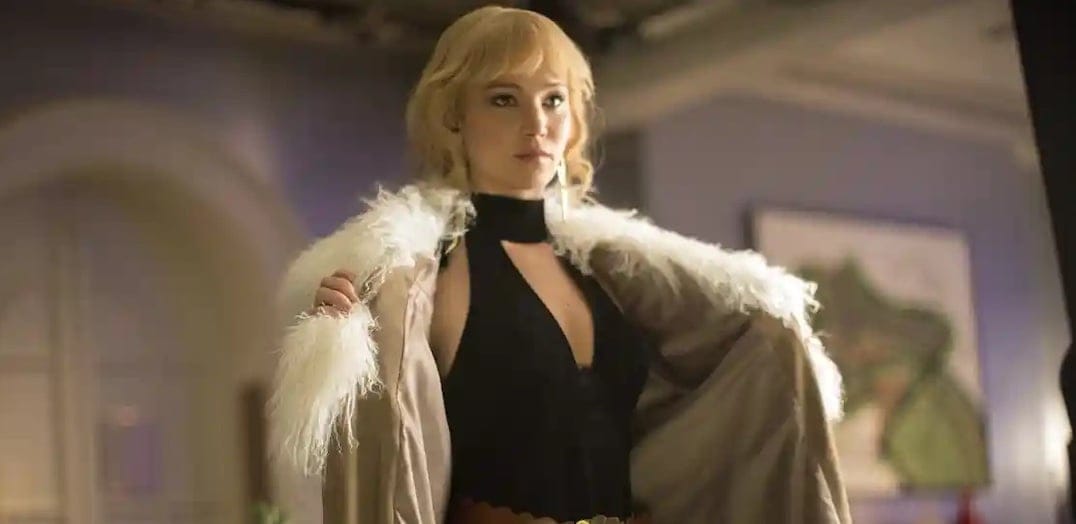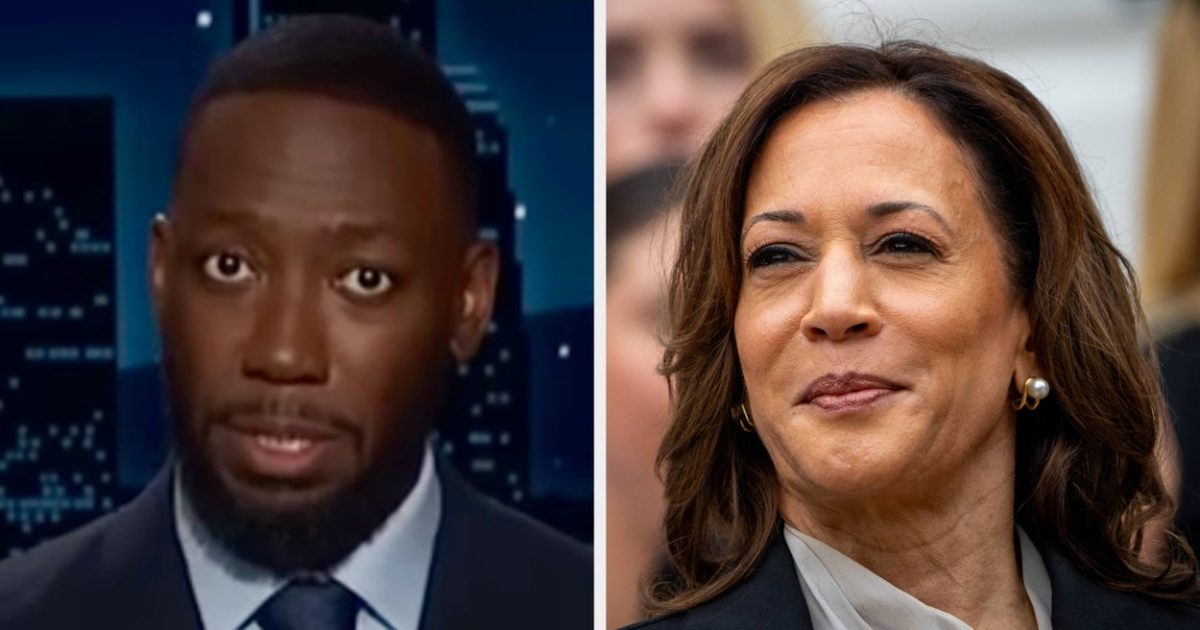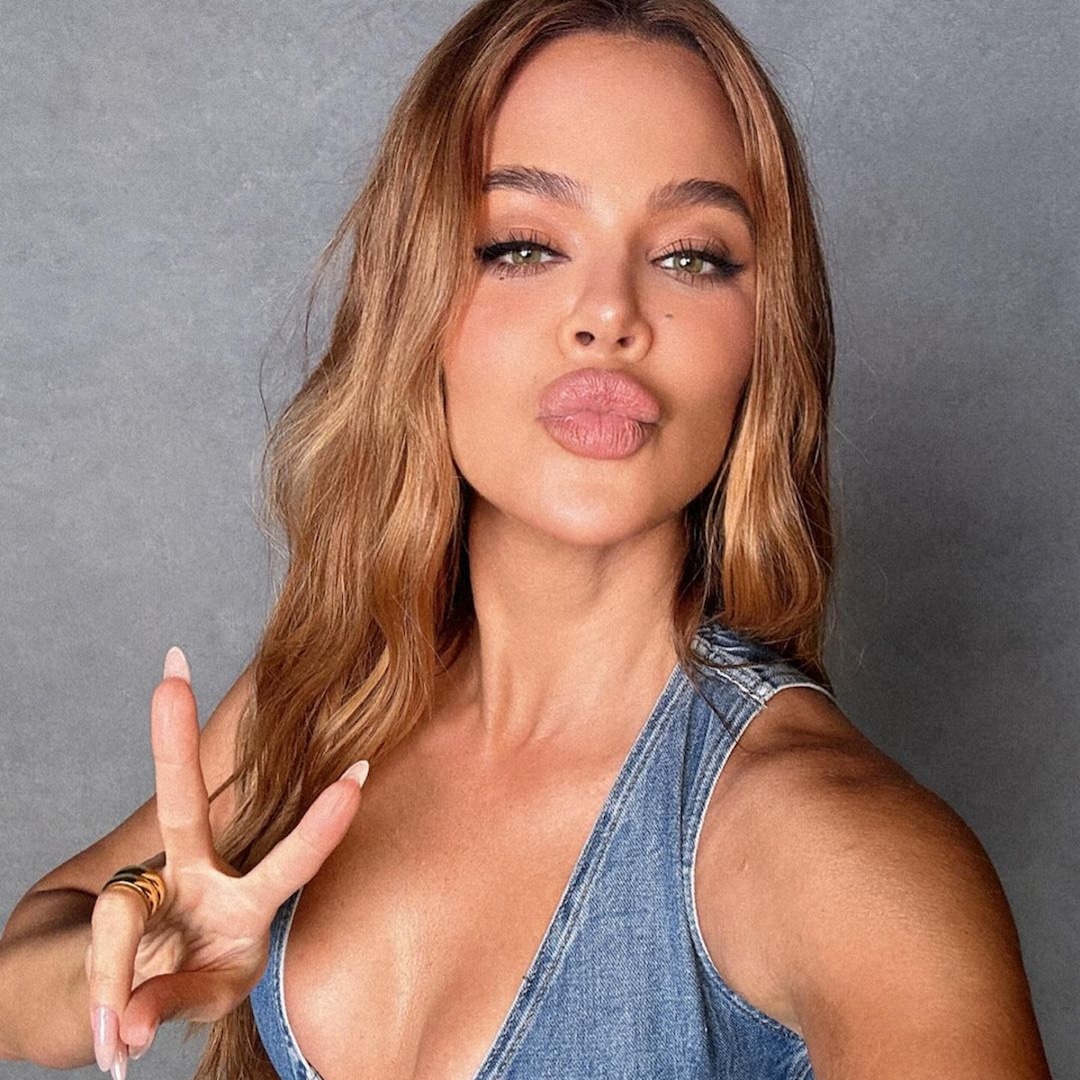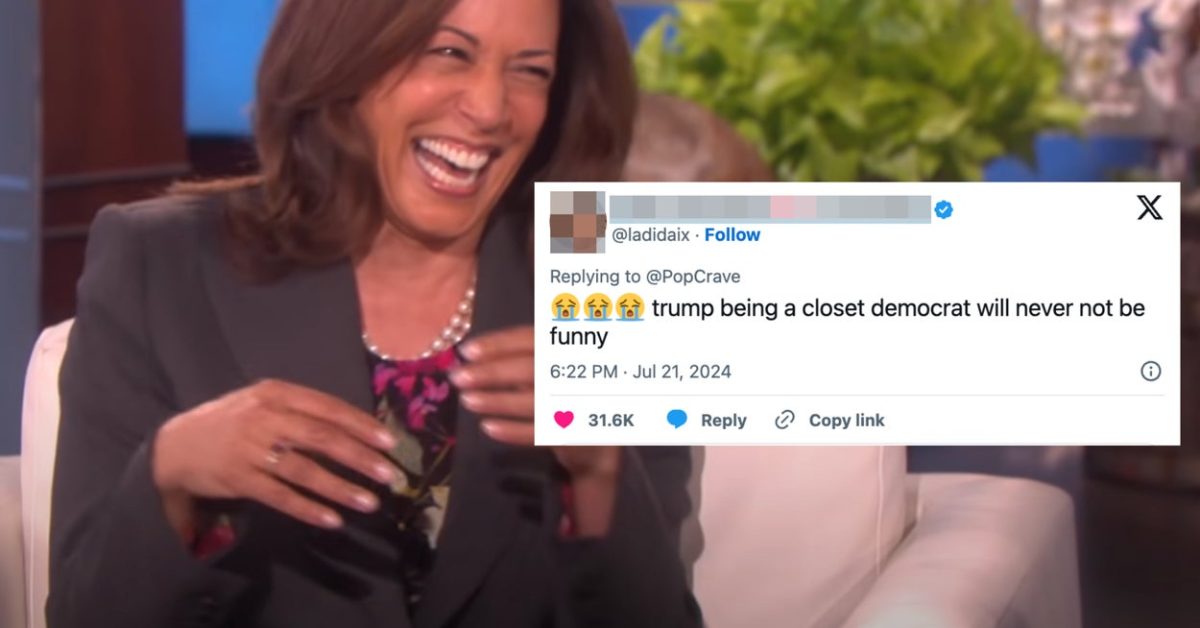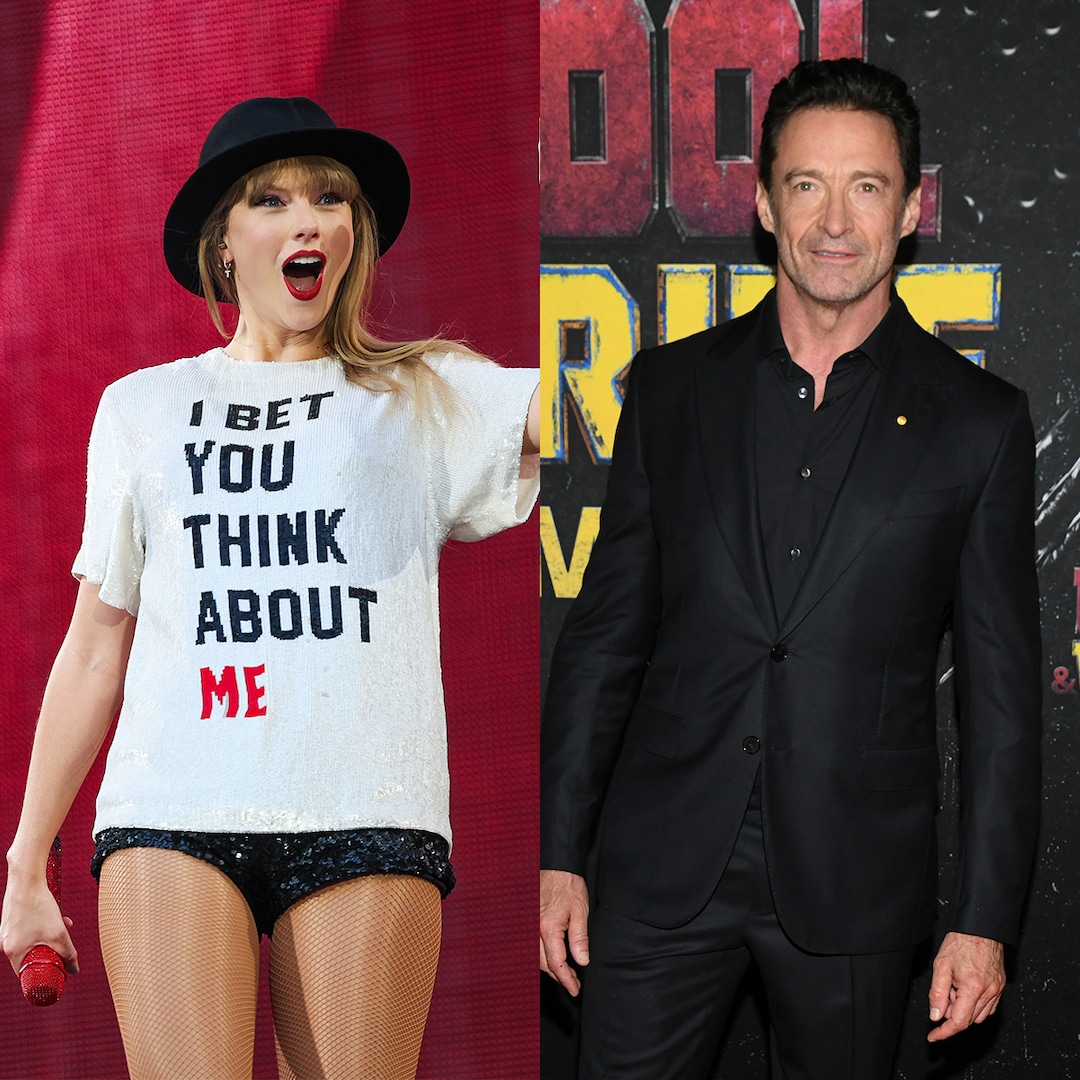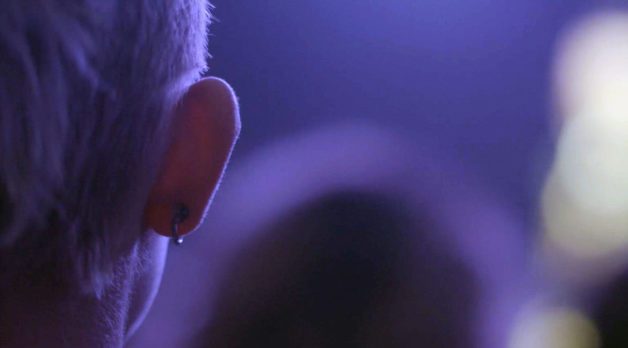
“I Had No Idea How Filmmakers Actually Raise Huge Amounts of Money”: Alison O’Daniel on The Tuba Thieves
Jan 25, 2023
The Tuba Thieves, courtesy of Sundance Institute. Photo by Derek Howard.
In visual artist Alison O’Daniel’s debut feature The Tuba Thieves, a local news story serves as the impetus for an abstract investigation into the cultural significance of sound, music, communication and the act of hearing itself. From 2011 through 2013, schools in Southern California experienced a common (and confounding) crime—tubas were stolen en masse, leaving marching bands without their lowest-pitched instrument. When O’Daniel—who is d/Deaf/Hard of Hearing—first listened to the developing news story via car radio, she was immediately intrigued. Yet she wasn’t interested in the conventional questions pertinent to such a crime (e.g. who is stealing these instruments and why?), instead opting to embark on an experimental exploration of the absence of the tuba’s distinctive drone in the classroom—and the broader mechanics of sonic perception among d/Deaf and hearing individuals alike.
Through a series of vignettes (which O’Daniels describes as resembling a “game of telephone”), the filmmaker weaves together significant moments in musical history that have challenged what it means to “listen,” experience tones and melodies. The filmmaker recreates the 1952 premiere of John Cage’s seminal composition 4’33” at the Maverick Concert Hall in Woodstock, New York (controversial due to its pervasive “silence”) and the final punk show at The Deaf Club in San Francisco circa 1979 (hosted by Bruce Conner, no less). The film also incorporates loose narratives surrounding Prince’s free 1984 concert where he played to a crowd of 1,900 d/Deaf students at Gallaudet University, LA’s now-defunct Surfridge neighborhood that was made inhospitable due to LAX air traffic, the Mexican banda music boom in Southern California and how LA’s noise pollution affects neighboring wildlife.
Also implemented in O’Daniel’s distinctive work of creative nonfiction are narratives surrounding two key characters. The first is Nyke (Nyeisha “Nyke” Prince), a pregnant d/Deaf drummer whose hands articulate the name of the film through a transfixing ASL title sequence. A young man named Geovanny serves as the film’s other “anchor,” as O’Daniel puts it, the drum major of a now tuba-less band. Though these individuals portray themselves, they are still directed by O’Daniel, often as personified off-shoots of her visual installation work. Other vital forces of the film’s construction include composers Christine Sun Kim, Steve Roden and Ethan Frederick Greene, who crafted the musical scores that the film is essentially based on. As opposed to presenting composers with a finished film for them to score music to, O’Daniel instead had them compose music for the film before she began developing anything else, building The Tuba Thieves’s loose narrative around their sonic concoctions.
I spoke with O’Daniel a few days before her film’s Sundance premiere. During our conversation, she discussed the film’s many “magical” instances of synchronicity, working on post-production in Mexico and a certain famous Los Angeles mountain lion.
Filmmaker: You began developing this project in 2013, and I’m interested in how The Tuba Thieves may have changed and evolved over the past decade. Can you take me through the trajectory of getting this film made?
O’Daniel: Actually, the film started in 2011, when I heard stories on the radio about different tuba thefts. I started keeping a notebook as I would hear more and more—I was just really curious. But 2013 is when I filmed the first segment. And between that period of time, which was when all the tubas were stolen, I made this decision that I was going to make a film called The Tuba Thieves, but I wasn’t really going to focus on the thieves. The reason I decided that was because the way that the story was reported always focused on the thieves, and I just really felt like the experience of the students and the actual sonic experience in the classroom was also really fascinating. I wanted to know more about that. So that immediately set me on a trajectory, and then I made a few decisions.
The first was that I wanted to start the film backwards with the musical scores—I’d have composers make me music, then I would build the narrative from that. So, when I invited three composers to make music for me, they didn’t have anything to respond to, so I just gave them these lists of really random references to consider. One of them got pictures of the news articles of the tuba thefts. Another person got a picture of a concert hall. I asked another person to think about kaleidoscopes. I was trying not to impose a narrative on any of them. I wanted it to be random. They gave me the music, then I spent seven months listening and writing down notes and free associations. During that period of time, I also kept learning about these really interesting anecdotes that felt like there was some synchronicity [to them]. I learned about The Deaf Club, which was a d/Deaf social club that hosted West Coast punk shows. One of the pictures of the concert hall that I gave one of the composers, I learned, was where John Cage premiered 4’33”.
I wrote a feature script during that period of time. Also I found out that my friend Nyke—who had a really small part in my first film—had dated a musician and gone on tour with him, and his drummer taught her how to drum by setting up two drum kits, and she would kind of visually match him. And I was like, “Oh, that’s interesting. Maybe you would like to be a part of this film?” And she said yes. Then, through working with different marching bands over a period of time, I started to feel like Geovanny could be the other anchor. With both of them, I just asked if they would be willing to develop the script with me and give feedback, have it be a back-and-forth conversational experience.
As a sidebar to that, I had no idea how filmmakers actually raise huge amounts of money. I come from the art world, and what I knew how to do was apply for grants. So, that was how I started. I didn’t intend to have some strategy for doing this, I just hoped it wouldn’t take me longer than 10 years to make the full feature. But it took me just over 11 [laughs]. So I applied for a grant, got $6,000, and I looked through the script and tried to pick out something that could stand on its own as a short film, but also be part of the feature.
I did that for six years, then started working with a producer who helped me move into the film world. We participated in a bunch of labs, got bigger grants. Through that long process, I was really open to the story developing. The core of the [finished] film is [loyal to] the original screenplay, but major things happened. Right before we did the bulk of filming in 2021, after we had gotten all of our money, Nyke became pregnant. That then became a part of the story. People have been asking me, “What were the major hiccups?” Actually, the whole film was sort of built around being open to change. I think about it like this game of telephone, where this starting point just evolves. Mistakes, miscommunications and misunderstandings are the foundation of the film.
Filmmaker: You mention coming from the art world, and the film certainly appears to be in direct dialogue with your visual artworks, including several that were made while you were in production on The Tuba Thieves. For example, your piece Say the Word “NOWHERE.” Say “HEADPHONES.” Say “NOTHING.” is re-created narratively, and other pieces like The Infinite Ear and Centennial High School Marching Band Forwards, Backwards, Pause, Silent feel like tangible extensions of the film. How did making installation works, sculptures and developing performances inform key aspects of The Tuba Thieves? Did you intentionally make these works to aid in the development of the film, or were you inspired artistically at certain points during the shoot?
O’Daniel: Both are true. In the very beginning, I remember talking about this project as having an “exploded narrative,” and it isn’t necessarily confined within a cinematic single-channel film. It’s expanded into performances, objects and materials. A lot of the titles for shows and for sculptures come from the script. I always talk about the writing process on this project as a listening and making process. People would get added to the script based on performances that I did with them.
We filmed a scene, I think in 2016, and Nyke brought her friend Derek, a d/Deaf skateboarder. I was living in this workspace that had a sidewalk out front, and all day long I would hear these skateboarders ride by, that repetitive clunk of the wheels going over the sidewalk cracks. I loved that sound so much, so I built a whole performance around skateboarding as percussion. Then Derek introduced me to a bunch of his d/Deaf skater friends. I made a performance with them and this other musician, Patrick Shiroishi, and some of Patrick’s musician friends. So, I collaborated with Patrick and Derek [in the past], then Derek, his friends and Patrick were in the film.
I’ve always thought of the script as breathing, and I am really averse to film rules. I find them so restrictive and unexciting. I’m really excited about working in this way where a film can just constantly unfold, explode and implode. People are constantly really engaging and interesting to me, so why not include them, write parts for them and celebrate the richness that happens between all of us?
In 2015, I had my first exhibition where I was invited to show some scenes [from The Tuba Thieves] that I had made. It was [exhibited in] this big, concrete space and the sound was awful. That was actually one of the things that got me really moving with sculpture, because I realized that so many gallery and museum spaces are acoustically terrible for video work. So I started making these objects that would absorb some of the sound. It was amazing to develop the story [of the film] and my work in gallery spaces in tandem. One wasn’t more important than the other. They all seemed really integrated.
Filmmaker: I really love the visual and sonic texture of your recreations of these significant sonic histories that we’ve touched upon: John Cage’s 1952 premiere of 4’33” and the last show at The Deaf Club in San Francisco, hosted by Bruce Conner in 1979. Both of these events are exhilarating inclusions that fit with the overall story so well, but I’m curious how you settled on them specifically.
O’Daniel: And the Prince concert! We didn’t recreate it, though. There’s also the eminent domain of the Surfridge neighborhood in Los Angeles, which, historically, was [built] in this period of jet-setting, when everybody was excited about airplane travel and not realizing what a climate disaster we were setting ourselves up for.
But those three concerts are more celebratory, and then that one [segment] is a kind of horror, and the Prince show came a little later. But part of the reason that I got interested in the 4’33” show was because I accidentally gave that as a reference [to one of the composers]. I had gone to a flea market and bought this book on Woodstock hippie architecture, and it had all of these amazing images. There was one picture of a concert hall that I sent to Steve Roden, an artist and musician who had actually just finished doing a year-long 4’33” project. He wrote to me: “You know that this is where John Cage premiered 4’33”, right?”
I was totally embarrassed, I didn’t know. He was like, “I mean, with your work and the fact that you’re d/Deaf and Hard of Hearing, you have to do something with it.” And I was very resistant—I thought it was very cheesy, actually, because I thought it was too quick of an association. But then I happened to be in Hudson. I went to visit in the winter, and the concert hall was so loud. It was in the forest, but it was loud [with the noise of] the wind and trees.
Filmmaker: In the dead of winter, no less.
O’Daniel: It was magical. I was just like, “This place is amazing.” And I realized that the mythology about 4’33” being about silence is the same as the mythology that deafness is about silence. Then I was like, “Okay, I can deal with this. I’m going to write a fictional character that rejects this mythology, in a way, by leaving [the performance].” And when I was going to visit the Maverick Concert Hall, the person driving me told me about The Deaf Club. So, there were these synchronicities where I was like, “Wow, this is incredible.” I think about a year later I learned about the Prince concert, and I was just like, “OK, these are the three stories I want to include.”
Filmmaker: As you touched on with Surfridge, the landscape of Los Angeles itself is integral to this film, both in physical and cultural senses. There are several gorgeous shots that convey how packed L.A. is—with traffic, sound, people, wildlife—yet one of the greatest kernels of the film also has to do with the connection of region-specific Mexican banda music with the titular tuba thefts, which you convey with these standard doc-style interviews. How did you come across that storyline and go about incorporating that in the film?
O’Daniel: As I was doing research on the tuba thefts and going to the high schools, I was always, like, one week behind Sam Quinones, the LA Times reporter who really did the most respectful writing about the tuba thefts. One of the things that has really struck me in the making of this film is this [cultural] division between how the tuba is perceived. Basically, in white culture, it’s a joke; in Mexican/Latino culture, it is revered. I found that so fascinating, you know? That there is this quickness—even in the writing about [the film] that’s coming out right now—of certain people writing about the tuba as a ridiculous, silly thing. I don’t think it’s ridiculous or silly; I never thought that, and I am white and have no relationship to banda music. I have no relationship to most of the musical aspects of [the film], personally. I enter this film sitting strongly in my position—of being in-between the d/Deaf and hearing worlds—of just having an extreme interest in sound. I am an unknowing person in a lot of this. With the fact that I was constantly behind Sam, it became so clear to me that he had to be part of the film. To leave him and his research out would omit a really interesting component. And Sam is a tuba nerd! I mean, he knows everything about it and it’s amazing to talk to him. He introduced me to Mariano [Fernandez] and Edgar [Martinez] of [Dueto Las] Voces del Rancho, as he had interviewed them before about Chalino Sánchez. I’m so charmed by that conversation [in the film] of them talking about Chalino, and it was just similar to this game of telephone—following a thread, letting the film almost be a call and response where someone is putting something out there and I’m responding to it cinematically.
Something that ties into this is that in the last two months, I got to go down to Mexico to do all of the post-production with this huge team of Mexican artists that I worked with. We were at Carlos Reygadas’s place, and it was just the most beautiful experience. It felt so interesting and cyclical, because of the way that Sam’s research on the tuba thefts went into the history of the tuba and how it’s probably going through a black market into Mexico because of the high schools being easy to steal from. People always ask me, “Well, what happened to the tubas?” And I don’t ever really talk about it because I think it’s Sam’s story to tell. It’s not the story I’m telling. But we loved being with this Mexican team of sound people who were the ones collectively finalizing the film’s sound together. In this amazing way, I felt almost like the d/Deaf guide connecting these really interesting LA-to-Mexico sound points.
Filmmaker: In previous interviews, you’ve talked about your work’s use of subtitling—how it can serve or exclude both d/Deaf and hearing audiences alike, and how that’s something that interests you. Yet as a hearing person watching this film, I found the subtitles to generally be very useful and informative. Actually, I typically watch all things with subtitles whenever I can, so I appreciated how accurate yet succinct they were in The Tuba Thieves. Can you tell me about how you developed the captions on this project in general? I’m especially thinking of the opening scene, where each sound the tuba makes is described so perfectly and beautifully.
O’Daniel: Thank you, and I love everything you just said so much. I totally have this impulse to be like, “Wait, how old are you?” Because I do have this deep love right now of millennials and Gen Z, because everybody is using captioning and it is the best.
Filmmaker: I’m 28 years old, so I’m a staunch millennial. But especially as a film critic and writer, I really hate that subtitles aren’t a forethought when it comes to sending out screeners.
O’Daniel: Absolutely. So the answer is that I was angry. I have had this experience watching so many things, where there’s like a music symbol [as a caption], and all that says is, “There’s something here that you [as a d/Deaf person] don’t get to experience.” Either that or there’s censorship. I can lip-read, so I can see if somebody says something and it gets changed in the captions. Why is the assumption there that d/Deaf people shouldn’t have access to, for example, curse words? It’s absolutely obscene and ridiculous [laughs]. Then there are also the mistakes of poor, basic captioning. For me, [the captioning in The Tuba Thieves] is absolutely an example of what I want to exist in the world, 100% percent.
A caveat to that, though, is that in the last year or two, I’ve also experienced creative captioning done by hearing people, and I have very mixed feelings about it. It’s a complicated thing to have mixed feelings about. On one level, I want this accessibility—but I don’t want hearing subjectivity. I realize even those two things are kind of at odds, and I haven’t made up my mind yet. Maybe in five years, captioning will be so normalized that we’ll hopefully just be beyond this issue. But right now, I’ve tried to do two things with the film: Show what I want and need, but also honor myself and d/Deaf and Hard of Hearing people as the author of captioning. We know what we need and want. So this film was only captioned by Hard of Hearing people—me and two other people captioned it. I specifically put out invitations to a whole range of Hard of Hearing people and asked them, when I was giving instructions, to just sit with what you always wished captions were, and that’s how you should write them. Many hearing people over the last few years were asking me how to caption. I had really mixed feelings about it, because it wasn’t just a lot of labor, but emotional labor, as well. I actually added to my website a page that details how to caption. I need to update it, but I’ve been developing a [guide to] how captions can be really good.
Filmmaker: This has been a wonderful conversation, but I have one last—and really silly—question to ask you. There are several shots of mountain lions observing LA in the film. Did any of these mountain lions happen to be P-22?
O’Daniel: No, because the cameras were out in the Angeles National Forest. But I live in P-22’s neighborhood. This is an anecdote, but I was in Mexico when he was captured and put down, and I saw a mountain lion outside while I was staying in Carlos Reygadas’s compound. It was unbelievable—it was like 100 feet away from me and walking through this sort of jungly brush area. Then P-22 was put down over the next few days, and I was like, “What’s happening?”
So much of this film for me has felt synchronous and, I don’t know, just wild and almost magical. That was the last thing where I was like, “My God, this is a love letter to Los Angeles.” Even the animal cams that are gathered by this guy, whose YouTube channel is called Parliament of Owls, are amazing. I’ve been following his channel for a long time, and I really wanted to emphasize how the sound bleed from LA goes into these natural environments. The history of this place being built in, and totally consuming, a natural environment is present all the time. And P-22 was one of those ways that it was present. I have so many photos on my phone of Ring camera images of P-22 that are just from all of my neighbors. Before we have to go, I’m going to show you one, because it’s absolutely amazing and heartbreaking.
Filmmaker: It is heartbreaking—the human intervention that made P-22 such a beautiful character also led to his demise.
O’Daniel: It’s really tragic. [O’Daniel scrolls through her phone for a few seconds]. OK, I can’t find the exact one I was going to show you, but this one is him hanging out on the sidewalk next to some motorcycles.
Filmmaker: He’s majestic. You can tell I’m terminally cat-person-brained, because my reaction to this predator is that he’s also so cute.
O’Daniel: But he was kind of like our family! I love that you’re asking me a question about P-22, because the timing—oh, wait, this is the photo I was going to show you! Look at this. He’s still such a beast. He’s in somebody’s carport, and he attacked a chihuahua shortly after this photo was taken, and then another chihuahua after that. So this is when he was starting to get sick, but he does not look sick.
Filmmaker: He looks in his prime.
O’Daniel: So no, it’s not him in the film, but his larger family is [laughs].
Publisher: Source link
Lamorne Morris Thinks Kamala Harris Has This Advantage Over Donald Trump
Trump said that President Joe Biden, who dropped out of the race on Sunday while recovering from COVID-19, never really had the infection. “Really? Trump thinks Biden never had COVID?” Morris said on Monday. “You don’t pretend to have COVID to get out…
Jul 26, 2024
Khloe Kardashian Is Ranked No. 7 in the World for Aging Slowly
Khloe Kardashian's body is out for more than just revenge. In fact, the 40-year-old is one of the world's slowest agers—a revelation she learned after taking a blood test to determine her body's biological age compared to her calendar age.…
Jul 26, 2024
Reactions To Trump’s Kamala Harris Donation
Just as many white Americans used their Obama vote to excuse their internalized racism, Lauren Boebert seems to have adopted this same ideology, ignoring Trump's long record of racism against African Americans, Mexicans, Hispanics, Native Americans, Muslims, Jews, and immigrants, and discrimination against women and…
Jul 25, 2024
Hugh Jackman Reveals What an NFL Game With Taylor Swift Is Really Like
Hugh Jackman is happy to fill any blank space in Taylor Swift’s NFL game suite. In fact, the Deadpool & Wolverine star recently detailed his experience attending a Kansas City Chiefs game to root on Travis Kelce, alongside Ryan Reynolds,…
Jul 25, 2024
